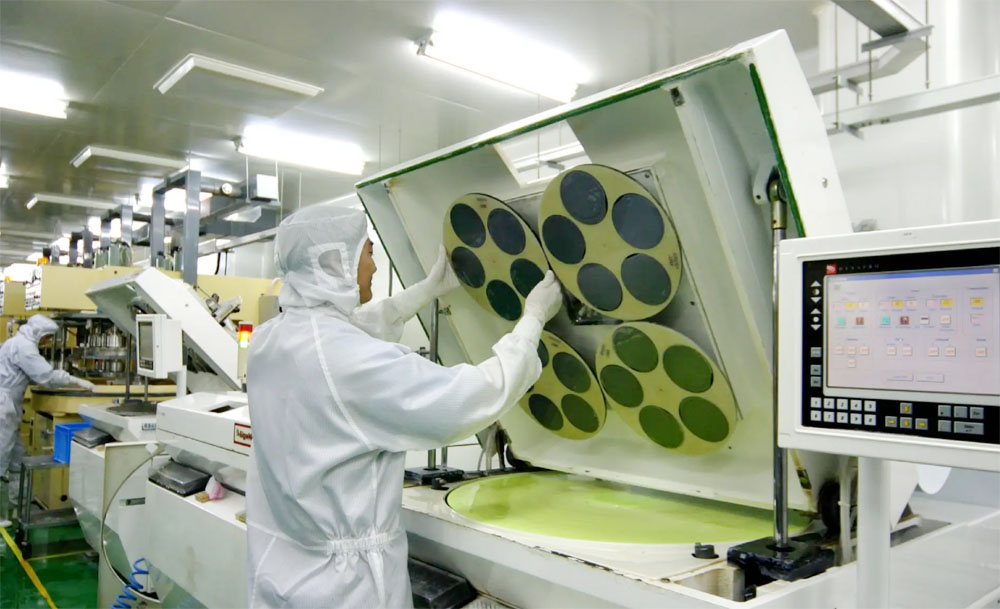
- English
- Español
- Português
- русский
- Français
- 日本語
- Deutsch
- tiếng Việt
- Italiano
- Nederlands
- ภาษาไทย
- Polski
- 한국어
- Svenska
- magyar
- Malay
- বাংলা ভাষার
- Dansk
- Suomi
- हिन्दी
- Pilipino
- Türkçe
- Gaeilge
- العربية
- Indonesia
- Norsk
- تمل
- český
- ελληνικά
- український
- Javanese
- فارسی
- தமிழ்
- తెలుగు
- नेपाली
- Burmese
- български
- ລາວ
- Latine
- Қазақша
- Euskal
- Azərbaycan
- Slovenský jazyk
- Македонски
- Lietuvos
- Eesti Keel
- Română
- Slovenski
- मराठी
- Srpski језик
What is SiC epitaxy?
2023-04-06
Silicon Carbide (SiC) epitaxy is a key technology in the field of semiconductors, particularly for the development of high-power electronic devices. SiC is a compound semiconductor with a wide bandgap, which makes it ideal for applications that require a high-temperature and high-voltage operation.

SiC epitaxy is a process of growing a thin layer of crystalline material on a substrate, typically silicon, using chemical vapor deposition (CVD) or molecular beam epitaxy (MBE) techniques. The epitaxial layer has the same crystal structure and orientation as the substrate, which allows for the formation of a high-quality interface between the two materials.

SiC epitaxy has been widely used in the development of power electronics, including power devices such as diodes, transistors, and thyristors. These devices are used in a wide range of applications, such as electric vehicles, renewable energy systems, and power supplies.
In recent years, there has been a growing interest in the development of SiC epitaxy for the fabrication of high-power devices for applications such as electric vehicles and renewable energy systems. The demand for these devices is expected to grow rapidly in the coming years, driven by the need for more efficient and sustainable energy systems.
In response to this demand, researchers and companies are investing in the development of SiC epitaxy technology, with a focus on improving the quality and reducing the cost of the process. For example, some companies are developing SiC epitaxy on larger substrates to reduce the cost per wafer, while others are exploring new techniques to reduce the density of defects.
SiC epitaxy is also being used in the development of advanced sensors for a range of applications, including gas sensing, temperature sensing, and pressure sensing. SiC has unique properties that make it ideal for these applications, such as high-temperature stability and resistance to harsh environments.





